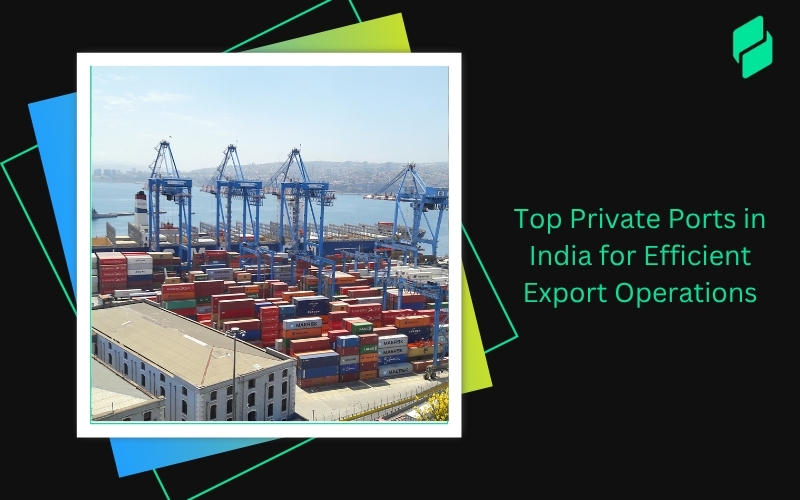Optimize your business: use unlimited savings with Pazago fulfilled now!
Get Started ->Have you ever wondered how the massive global shipping industry stays efficient and organized? The TEU, or Twenty-foot Equivalent Unit, is a critical player in this complex puzzle.
Understanding the TEU is essential for anyone involved in shipping, logistics, or supply chain management. But what exactly is a TEU, and why is it so significant in the shipping world?
Unpacking TEU: The Building Block of Modern Shipping
The term TEU stands for "Twenty-foot Equivalent Unit." It is a standard measure used to describe a container ship's capacity and the volume of containers it can carry.
Essentially, one TEU represents the space occupied by a standard 20-foot shipping container, typically weighing 20 feet in length, 8 feet in width, and 8 feet in height. This simple measurement has revolutionized how cargo is transported globally, providing a universal language for the shipping industry.
Why TEU Matters in Shipping
The importance of TEU extends beyond measuring physical space. It plays a crucial role in planning and optimizing shipping logistics worldwide.
By standardizing container sizes, the TEU has enabled the seamless transfer of goods between different modes of transport, from ship to rail to truck, without unpacking and repacking. This interoperability is critical to the efficiency of global trade, reducing costs and saving time.
The standardization brought by TEU containers also ensures smooth transitions between different transport modes, significantly reducing logistical headaches and downtime. For instance, a container ship might carry anywhere from 3,000 to 20,000 TEU, showcasing modern cargo ships' immense scale and efficiency.
Maximize your shipping efficiency with Pazago's fully managed platform, ensuring your cargo is handled carefully from purchase order to delivery.
Types of TEU Containers.
When it comes to TEU shipping, one size does not fit all. Apart from the standard containers, there are several specialized types designed for specific needs:
- Reefer Containers: Ideal for perishable goods, these refrigerated containers maintain a constant temperature to ensure the freshness of fruits, vegetables, meats, and pharmaceuticals.
- Open-Top and Hard-Top Containers: Need to load your goods via crane or have cargo that exceeds the height of a standard container? Open-top containers are your go-to, while hard tops offer the same flexibility with added protection.
- Side Door Containers: These provide easier access for loading and unloading, which is particularly useful for heavy or bulky goods.
- Flat-Rack Containers: With collapsible sides, flat-racks are perfect for heavy machinery, vehicles, and significant industrial components.
40-Foot Containers
High cube containers and 40-foot TEU containers offer an enhanced solution for those needing more space. High cube containers provide an extra foot in height, giving you more volume to stack goods or accommodate taller items.
Meanwhile, the 40-foot containers double the capacity of their 20-foot counterparts, making them ideal for large-scale shipments.
Discover how Pazago's comprehensive services can accommodate all your shipping needs, from perishable goods to oversized cargo.
Also Read: Common Types of Containers for Shipping
TEU vs. FEU Containers
Here's a concise table comparing the key features of TEU (Twenty-foot Equivalent Unit) and FEU (Forty-foot Equivalent Unit) containers, helping you visualize the differences and make an informed decision for your shipping needs:
How to Calculate TEU Ratio and Container Shipping Capacity?
TEU is a universal measurement that simplifies the calculation of container capacity. It’s calculated by dividing the length of a container in feet by twenty. For example, a standard 20-foot container is 1 TEU, while a 40-foot container counts 2 TEUs.
This method extends even to non-standard sizes, such as a 48-foot container, which would be calculated as 2.4 TEUs. Understanding these calculations is pivotal for managing cargo space efficiently and scheduling shipments.
Consider using Pazago's digital trade management features to simplify these calculations and manage your cargo space more efficiently.
Also Read: Different Types of Packaging Materials and Their Uses
What is the TEU Capacity of a Container Ship?
Here's a table that lays out the conversion factors and weights for different types of containers in TEU equivalents, which are crucial for calculating the capacity and efficiency in shipping logistics:
Pazago offers a comprehensive platform that simplifies and digitizes international trade operations for businesses looking to streamline their TEU shipping processes.
Also Read: Understanding Domestic Logistics and Transportation Management
Understanding the Impact of TEU Containers on Global Trade
TEU (Twenty-foot Equivalent Unit) containers are fundamental in streamlining global shipping and logistics. Let’s explore their roles and impacts in straightforward points:
Optimizing Shipping Operations with TEU Containers
- Standardization: TEU containers standardize cargo sizes, facilitating the seamless transfer of goods across different transport modes—ship, rail, and truck—without repackaging.
- Efficiency: They simplify loading and unloading processes, reducing docking times and improving port turnaround.
Advantages of TEU Containerized Shipping
- Speed: Faster loading and unloading of goods thanks to standardized sizes and equipment.
- Intermodal Transport: Easy transition between different transport methods reduces handling, minimizes damage risk, and speeds up delivery.
The Evolution and Impact of TEU Containers in the Shipping Industry
- Innovation: Introduced in the mid-20th century, TEU containers revolutionized dockside logistics and reduced shipping costs.
- Global Trade Growth: Standardization led to more efficient ports and increased international trade volume.
Strategic Importance of TEU in Modern Logistics
- Capacity Planning: TEUs help plan how cargo is stowed in ships and managed at ports, optimizing space and maintaining vessel balance.
- Ship Design: They influence the design and operation of shipping vessels, with capacities ranging from 1,000 to over 20,000 TEUs.
Also Read: THC In Shipping: Meaning, Calculations
Conclusion
TEU shipping has revolutionized global commerce, enabling efficient, cost-effective transport of goods worldwide. By standardizing containers, TEU shipping simplifies logistics, facilitates intermodal transfers, and reduces operational costs.
Understanding and leveraging TEU shipping will be crucial for competitive advantage as businesses continue to globalize.
As the industry evolves, having a reliable partner like Pazago can help businesses adapt to innovations in TEU handling and sustainable practices, ensuring they remain competitive.


.png)








